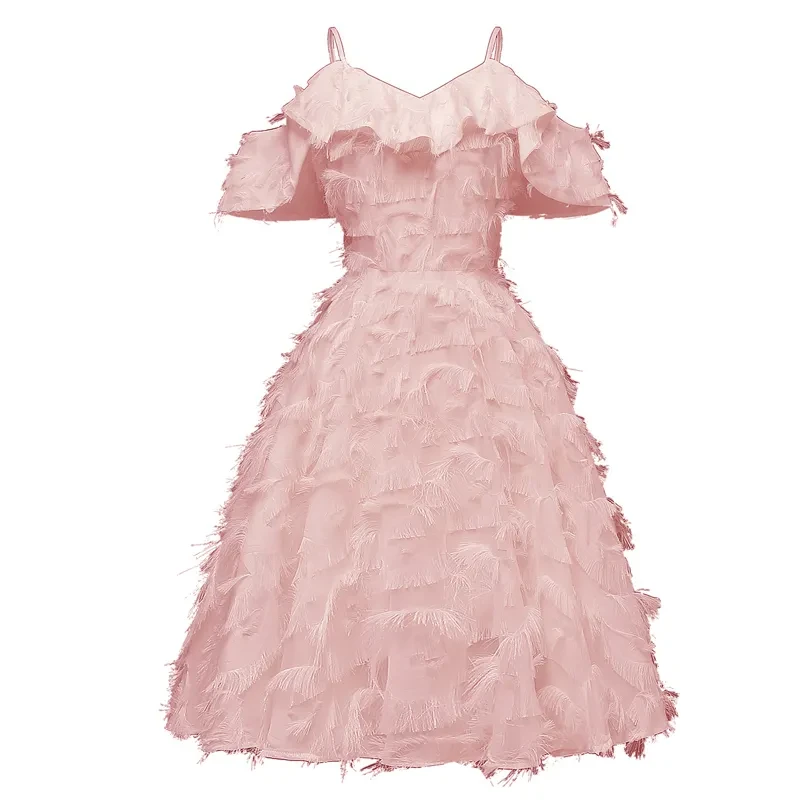
1920s Tassel Dress
Approx $27.05 USD
pattern: plain
Style: sling
Skirt length: middle skirt
Skirt type: large swing type
Waist type: middle waist
Clothing placket: hedging
Fabric name: polyester fiber
Main fabric composition: spandex
The content of the main fabric ingredient: 71%-80%
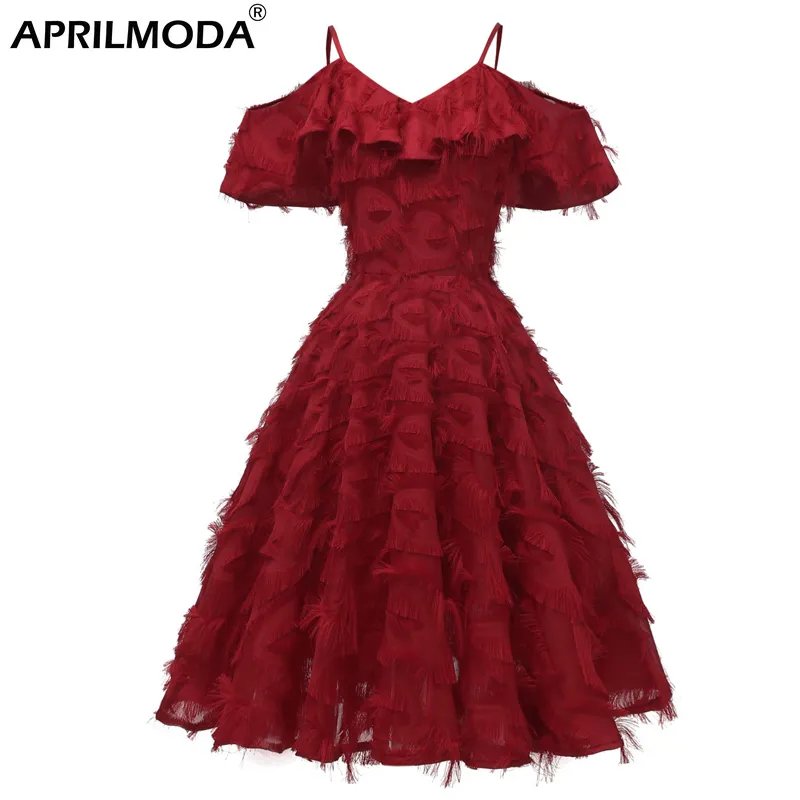
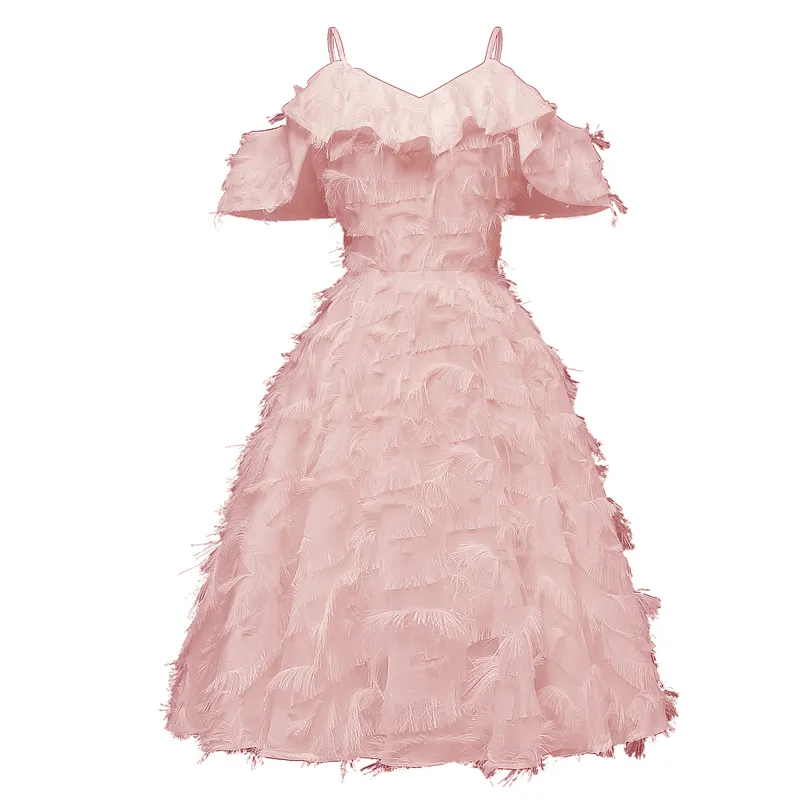
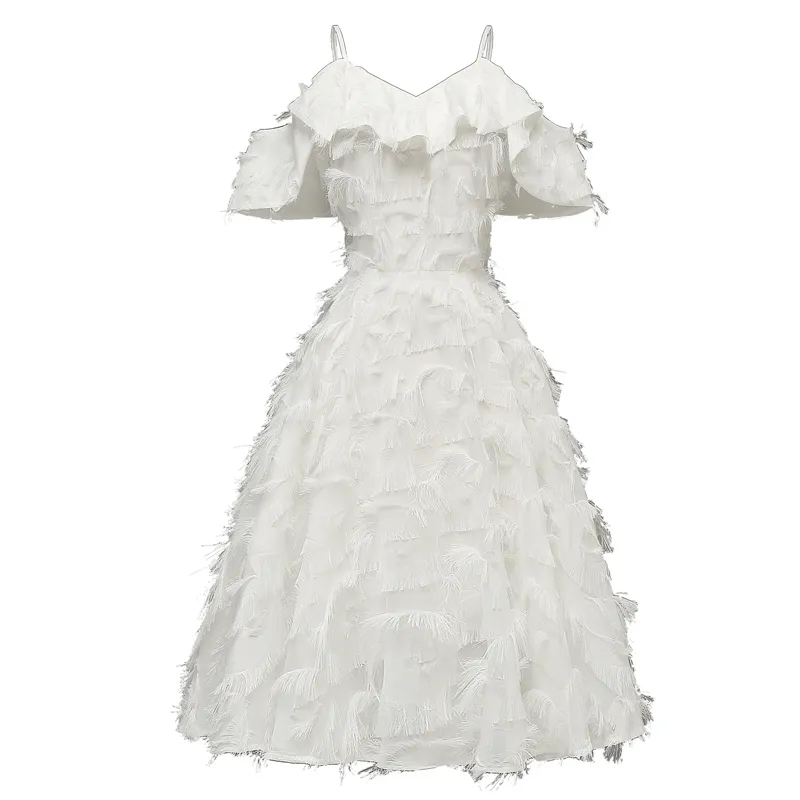
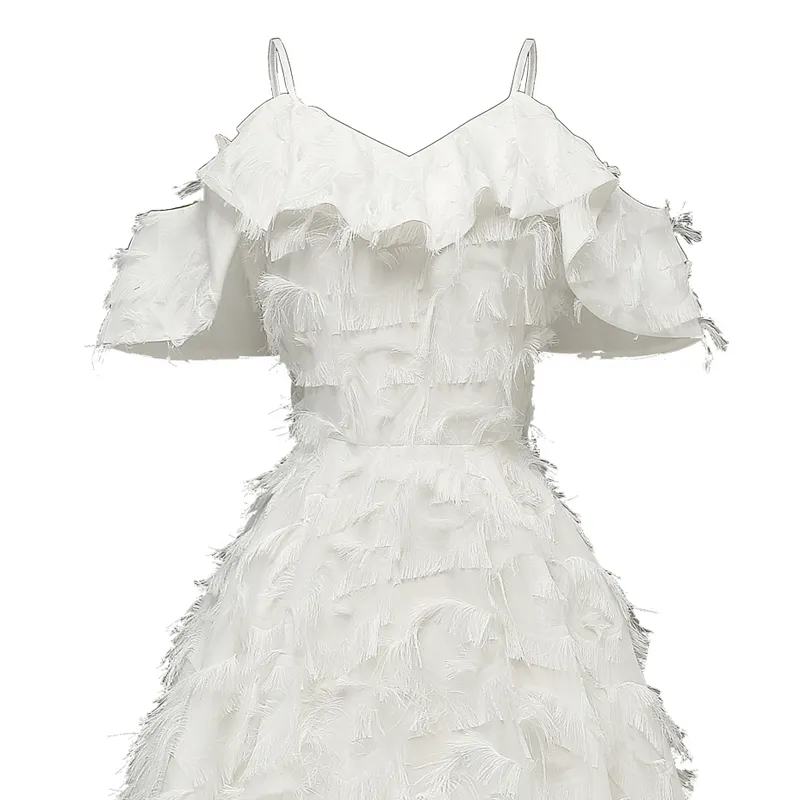
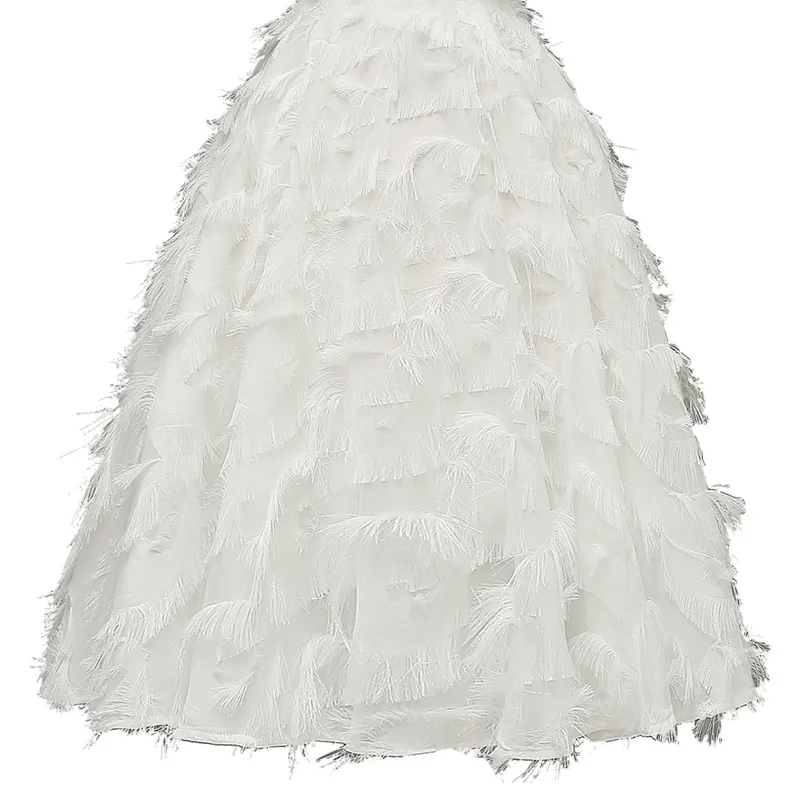
Introduction
The 1920s, often referred to as the "Roaring Twenties," was a decade marked by significant social and cultural change. One of the most iconic symbols of this era was the flapper dress, characterized by its loose fit, dropped waist, and, notably, the incorporation of fringe and tassels. These embellishments not only added movement and flair to the garments but also embodied the liberated spirit of the time.
The Evolution of the Flapper Dress
The Rise of the Flapper
The term "flapper" was used to describe young women in the 1920s who defied traditional norms. They bobbed their hair, wore shorter skirts, and embraced a more liberated lifestyle. This new generation of women sought freedom and self-expression, and their fashion choices reflected these desires. The flapper dress became a symbol of this newfound independence.
Design Elements
Flapper dresses were designed to allow freedom of movement, essential for the popular dances of the era like the Charleston and the Black Bottom. The dropped waistline and loose silhouette provided comfort and ease. Fringe and tassels were added to these dresses to enhance movement; as the wearer danced, the fringe would sway, creating a dynamic visual effect. Beads, sequins, and embroidery were also common embellishments, reflecting the opulence of the Jazz Age.
Fabric Choices
The fabrics used for flapper dresses were typically lightweight and fluid, such as silk, chiffon, and rayon. These materials draped elegantly and allowed for the intricate beadwork and fringe to hang gracefully. The choice of fabric was crucial in achieving the desired aesthetic and movement.
The Cultural Significance
A Break from Tradition
The flapper dress represented a departure from the restrictive clothing of the previous eras. Corsets were abandoned in favor of more comfortable attire. This shift in fashion mirrored the broader societal changes, including women's suffrage and increased participation in the workforce. The flapper dress was not just a fashion statement; it was a reflection of women's evolving roles in society.
Influence on Modern Fashion
The influence of the flapper dress can still be seen in contemporary fashion. Elements like fringe, beadwork, and the loose silhouette have been revisited in various collections over the years. Designers continue to draw inspiration from the 1920s, incorporating these elements into modern designs.
The product may be provided by a different brand of comparable quality.
The actual product may vary slightly from the image shown.
Shop amazing plants at The Node – a top destination for plant lovers

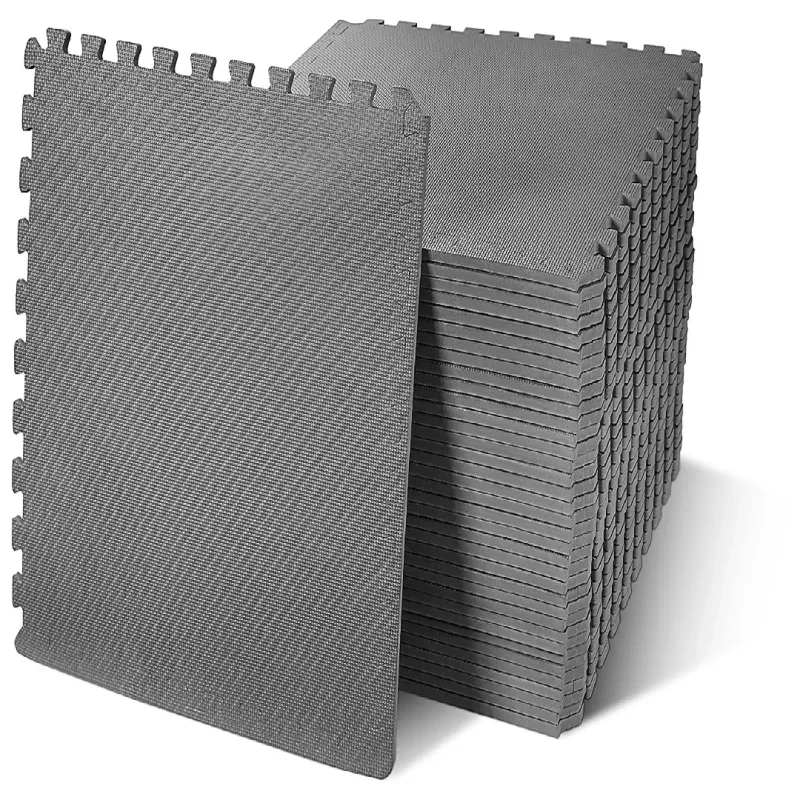


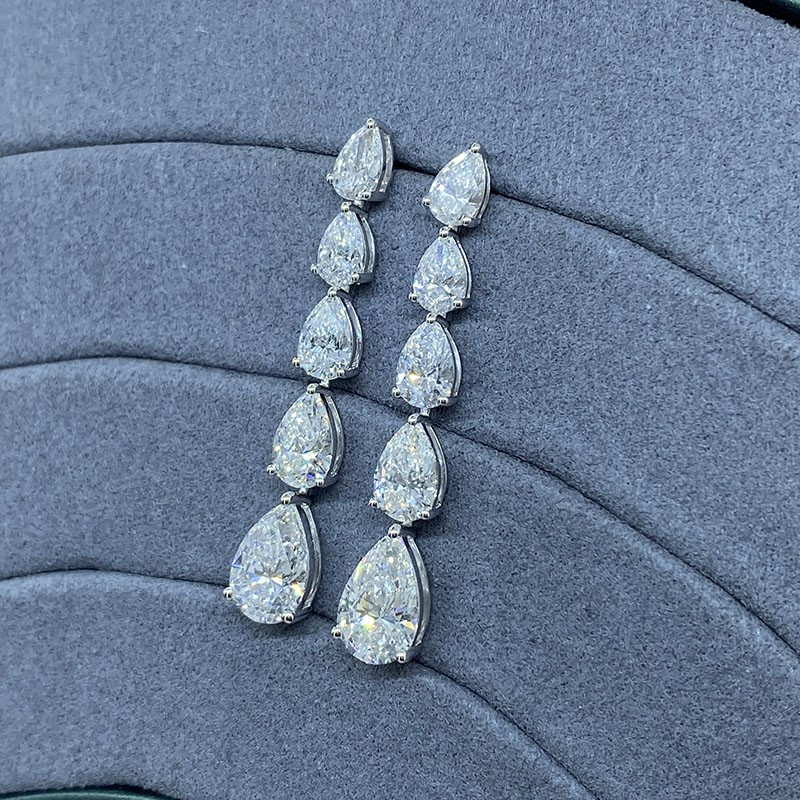
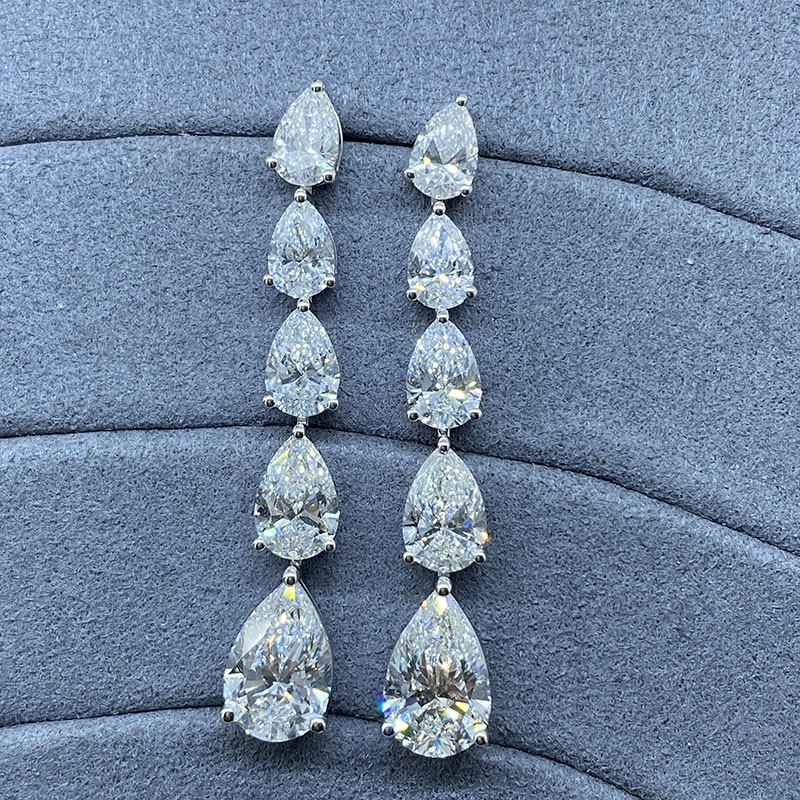




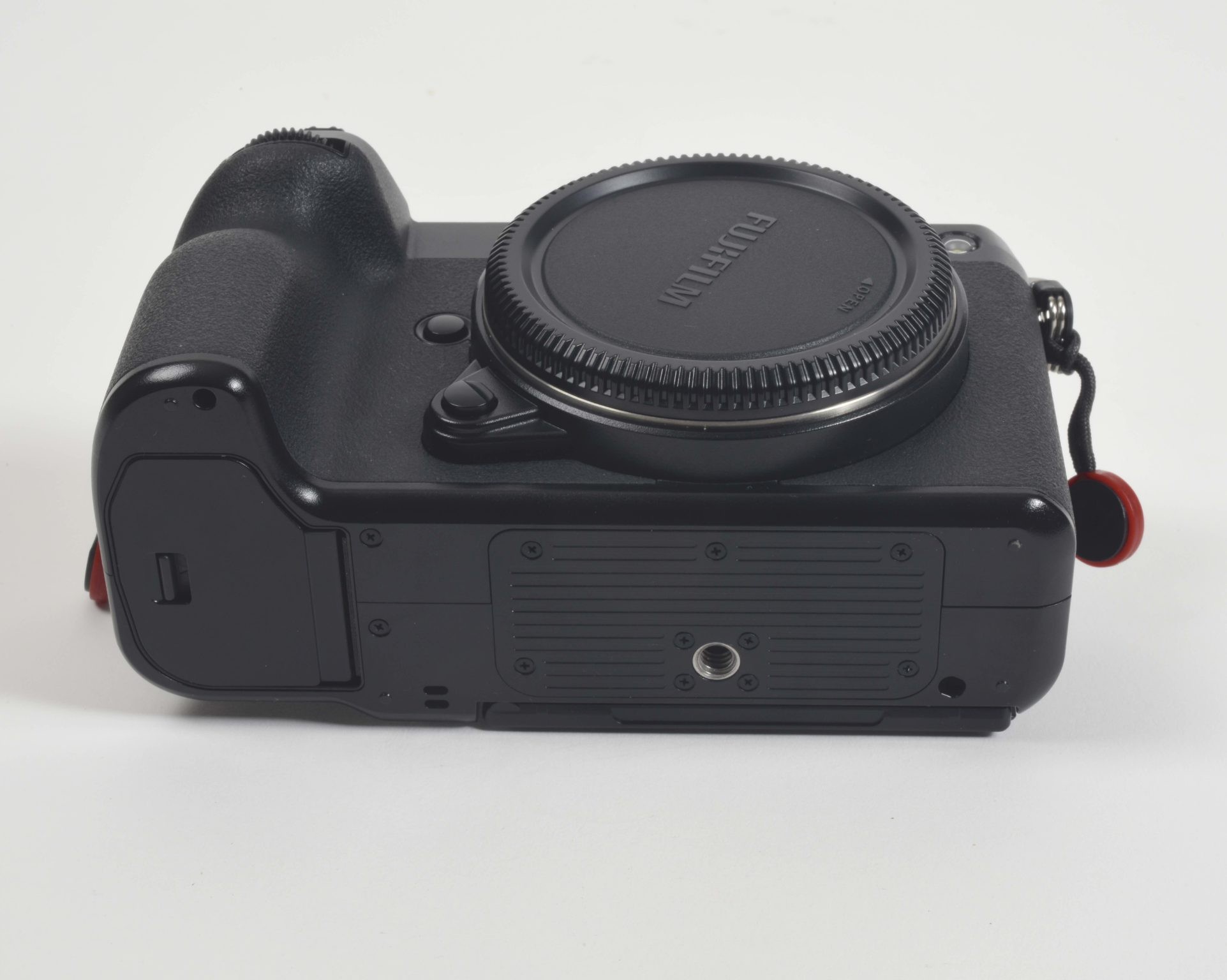












.jpg)
















































ulva-Logo.jpg)
